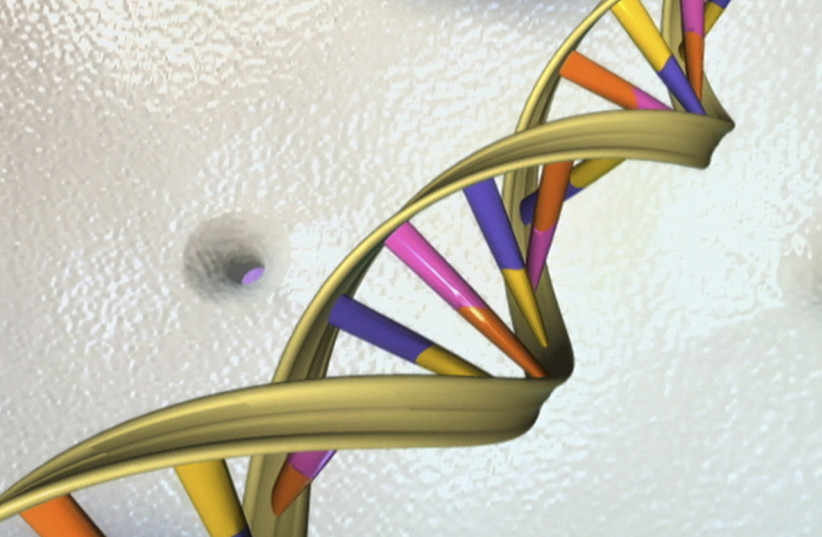Could there be someone out there who not only looks just like you but acts like you, too?
New research by the Josep Carreras Leukaemia Research Institute in Barcelona explains for the first time why we find identical people with no family ties, sometimes on opposite sides of the world – because their similarities go beyond matching facial features, the study found.
The research, published Tuesday in the journal Cell Reports, collected the same biological material from notably similar individuals (doubles: also called “dobles” in Spanish or “Doppelgänger” in German) to see if they could find an objective reason for their similarity. Dr. Manel Esteller, one of the researchers, explained that the study was novel in the science world, even though "dobles" are common in movies.
“It was also curious to verify that the resemblance of these pairs of doubles was not only limited to facial features but it also affected other physical properties (height and weight), and it is even extended to certain traits of their behavior."
Dr. Manel Esteller
“The appearance of 'look-alikes' of a person, as if they were photocopies, has been a matter of attention in the arts and popular culture, but it has never been approached from a scientific point of view,” Esteller said.
Personality is more than looks

The results, which examined headshot pictures of 32 candidate look-alike couples, indicated that human doubles share similar variations of their DNA, particularly in relation to those genes involved in the development of the mouth, nose, eyes, chin and forehead. Given that the human population is now 7.9 billion, and we are much more interconnected, these repetitions are becoming more common.
The team noted that those similarities don't stop at facial features. “It was also curious to verify that the resemblance of these pairs of doubles was not only limited to facial features but it also affected other physical properties (height and weight), and it is even extended to certain traits of their behavior,” Esteller said.
To determine this, all participants completed a comprehensive biometric and lifestyle questionnaire in their native language (English, Spanish or French).
Esteller expressed hope that the study can open new research lines on genetic disease and material. He said that, on the one hand, “it provides the basis for diagnosing genetic diseases from the analysis of the image and shape of the face”; on the other hand, “it allows, from an unknown DNA sample, to reconstruct the face of the person to whom that genetic material belongs, one of the great desires of forensic medicine."
